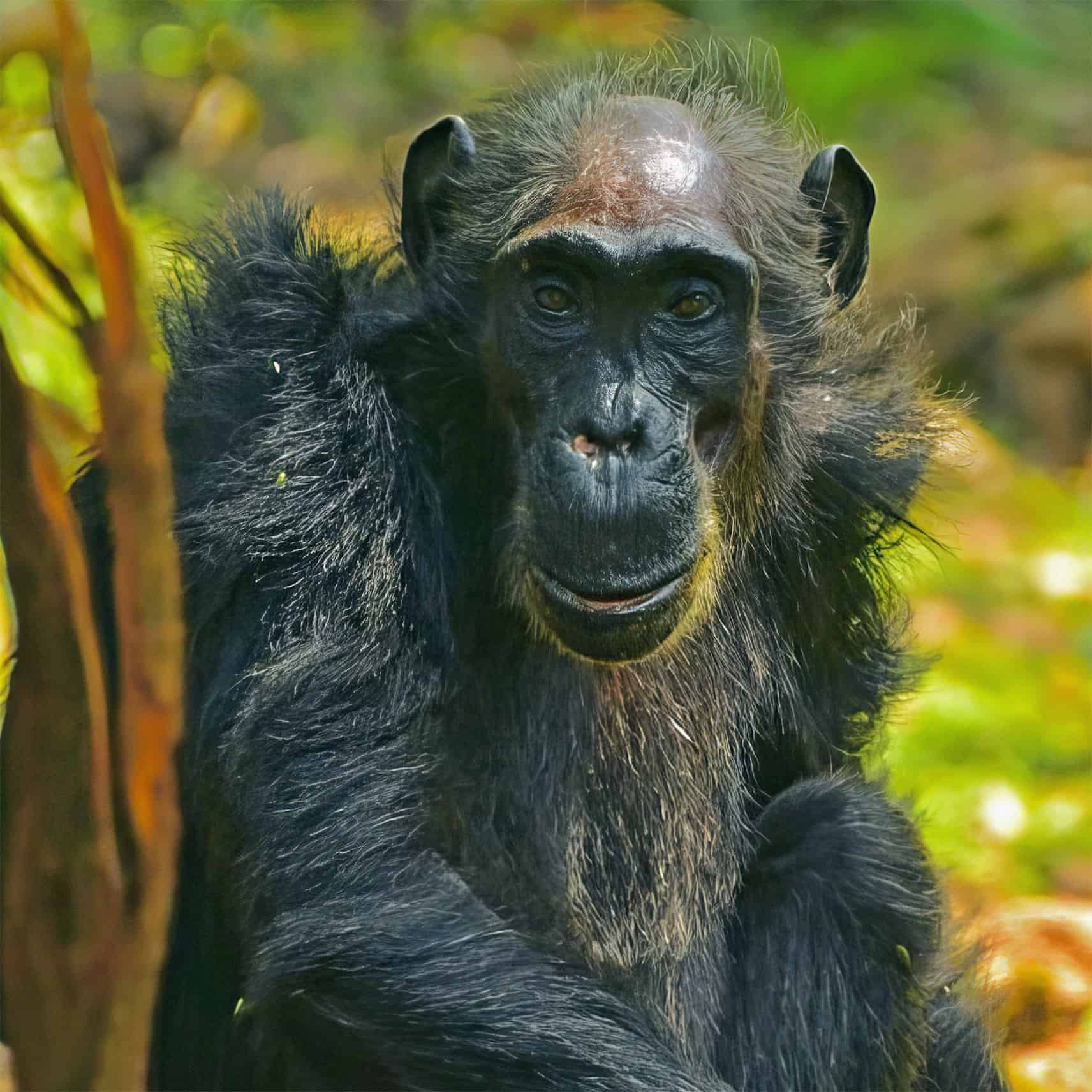Unlike most mammals, humans with ovaries can live decades after not being able to give birth, meaning we go through menopause. Most other mammals remain fertile until the end of their lives. However, there are a few other exceptions. Researchers have now shown that chimpanzees are one of those exceptions.

A team found these traits in wild chimpanzees in western Uganda’s Kibale National Park after studying them for two decades. Menopause had previously only been found in a few species of marine mammals and humans. The new demographic and physiological data can help to better understand why menopause and port-fertile survival occur in nature.
“In societies around the world, women past their childbearing years play important roles, both economically and as wise advisors and caregivers,” Brian Wood, a study author and an anthropology professor at UCLA university, said in a news release. “How this life history evolved in humans is a fascinating yet challenging puzzle.”
The grandmother hypothesis, used to explain post-menopausal survival in humans, suggests that women in their postreproductive years can pass on more than their genes. Essentially, they still help to increase the birth rates of their own children or by caring for grandchildren, increasing their survival odds. But it’s a different story for chimpanzees.
Elderly female chimpanzees generally don’t live near their daughters or help them in raising their grandchildren. However, at the park in Uganda, these older females often live beyond their reproductive years — something previously seen only in chimpanzees and other primates in captivity, who get good nutrition and proper medical care.
This suggests that the extended postreproductive lifespans observed in the wild chimpanzees could be a temporary response to unusually favorable ecological conditions. It’s also possible that extended postreproductive lifespans are an inherent feature in chimpanzees that have remained unnoticed due to negative human impacts.
“Chimpanzees are extremely susceptible to dying from diseases that originate in humans and to which they have little natural immunity,” Kevin Langergraber, study author, said in a news release. “Chimpanzee researchers, including us at Ngogo, have learned over the years how devastating these disease outbreaks can be.”
A big effort
In their study, the researchers looked at the mortality and fertility rates of 185 chimpanzees from demographic data gathered from 1995 and 2016. They estimated the fraction of adult life spent in a postreproductive state for all the females and measured hormone levels from 66 females of different reproductive statuses and ages.
They quantified hormone levels linked to human menopause, including rising concentrations of follicle-stimulating and luteinizing hormones, alongside diminishing levels of ovarian steroid hormones, such as estrogens. As with other populations, fertility in the chimps studied declined after age 30, with no births seen after age 50.
The Ngogo females had a menopausal transition similar to that of humans, starting around age 50. Also, like humans, it wasn’t unusual for these chimpanzees to live past 50. A female reaching adulthood at age 14 was postreproducitve for about one-fifth of her adult life — about half as long as a human hunter-gatherer, for example.
“We now know that menopause and post-fertile survival arise across a broader range of species and socio-ecological conditions than formerly appreciated, providing a solid basis for considering the roles that improved diets and lowered risks of predation would have played in human life history evolution,” Wood said in a news release.
The discovery of menopause and post-fertile survival in wild chimpanzees sheds new light on the evolutionary significance of these phenomena. While the reasons for such extended postreproductive lifespans in chimpanzees remain a topic of exploration, it underscores the complexity and diversity of life histories across the animal kingdom. Moreover, the parallels drawn between human and chimpanzee menopausal transitions emphasize the importance of studying our closest relatives to gain insights into our own evolutionary past.
The study was published in the journal Science.






